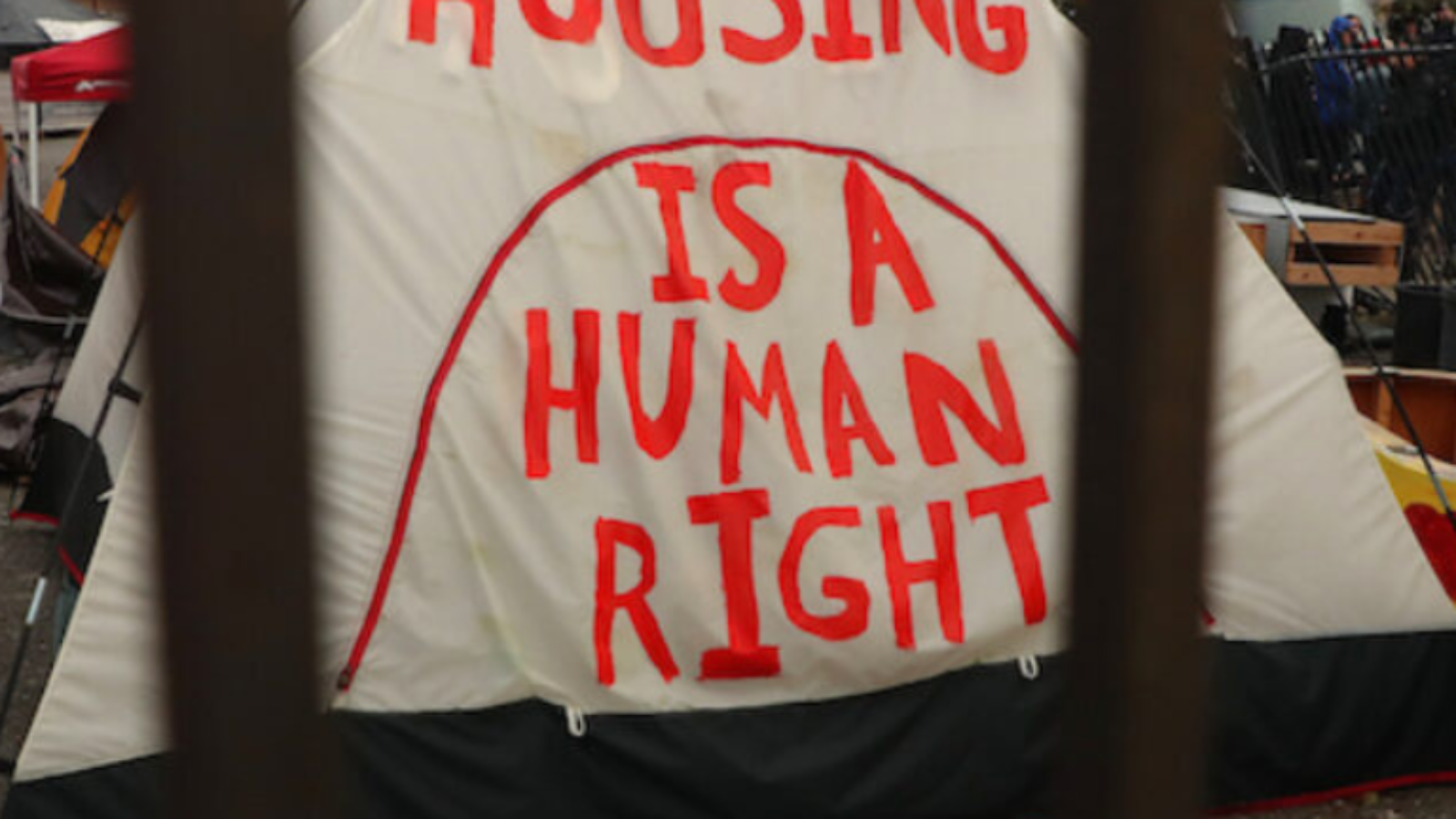Introduction
Housing is a fundamental human right, yet across Canada, the housing crisis disproportionately impacts women, children, and gender-diverse individuals, revealing systemic inequities within the housing sector. The intersectional feminist approach is crucial in addressing the unique challenges faced by diverse communities. In this blog post, we’ll delve into the urgent need for policy changes at the federal level to tackle the housing and homelessness crisis through an intersectional feminist lens, ensuring equitable solutions for all.
Understanding The Intersectional Feminism in Housing Agenda
Intersectional feminism acknowledges the interconnected nature of social identities, including gender, race, ethnicity, socio-economic status, and more. Applying an intersectional feminist framework to housing recognizes that systemic inequalities intersect, exacerbating challenges faced by marginalized communities.
Challenges Faced by Women, Children, and Gender-Diverse Individuals
- Disproportionate Impact: Women, particularly Indigenous women, racialized women, and single mothers, face higher rates of housing insecurity due to systemic barriers and economic disparities.
- Violence and Housing: Domestic violence is a significant factor leading to homelessness among women. Lack of safe housing options can force survivors to choose between abuse and homelessness.
- Youth and LGBTQ+ Communities: LGBTQ+ youth face a heightened risk of homelessness due to family rejection, discrimination, and lack of inclusive housing options.
Policy Changes Needed at the Federal Level
- Investment in Affordable Housing: Increased federal funding for affordable housing initiatives targeted at marginalized groups, including women-led households and gender-diverse individuals.
- Housing First Approach: Adopting a Housing First approach with tailored support services for survivors of domestic violence and marginalized communities.
- Protection and Prevention: Strengthening tenant rights, providing eviction prevention programs, and addressing systemic discrimination in housing are crucial steps.
- Inclusive Policies: Developing inclusive policies that consider the specific needs of LGBTQ+ individuals and diverse family structures in housing initiatives.
- Data Collection and Research: Improving data collection to better understand the intersections of gender, race, and housing insecurity, ensuring policies are evidence-based and inclusive.
Community Engagement and Advocacy
Community involvement and advocacy play a pivotal role in driving policy changes:
- Empowering Marginalized Voices: Amplifying the voices of those most impacted by housing insecurity, ensuring their perspectives shape policy decisions.
- Coalition Building: Building alliances between feminist organizations, housing advocates, and community groups to advocate for inclusive housing policies.
- Education and Awareness: Raising awareness about the intersectional nature of housing insecurity and its impact on marginalized communities.
Conclusion
The intersectional feminist housing agenda is essential to address the housing and homelessness crisis facing women, children, and gender-diverse individuals across Canada. By recognizing the intersecting identities that contribute to housing insecurity, policymakers can develop inclusive and equitable solutions. It’s imperative for the federal government to prioritize targeted funding, inclusive policies, and community-driven approaches to ensure that everyone, regardless of gender, race, or background, has access to safe, affordable, and dignified housing. Through collective action and intersectional advocacy, we can work towards a future where housing is a right, not a privilege, for all Canadians.
Learn more & add your voice https://shorturl.at/gLN79



Add a Comment